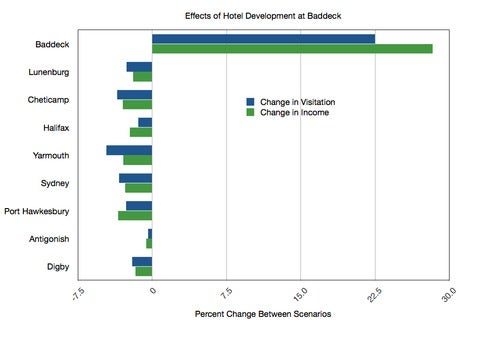Tweet-mapping American TV ratings
This past winter semester I launched a new course at the University of Waterloo called "The Geoweb and Location-Based Services (PDF)". This 4th-year course introduced senior undergraduate students to the theoretical concepts and practical techniques of Web 2.0, Volunteered Geographic Information, Open Data, the Geoweb, and location-based services using mobile phones.
